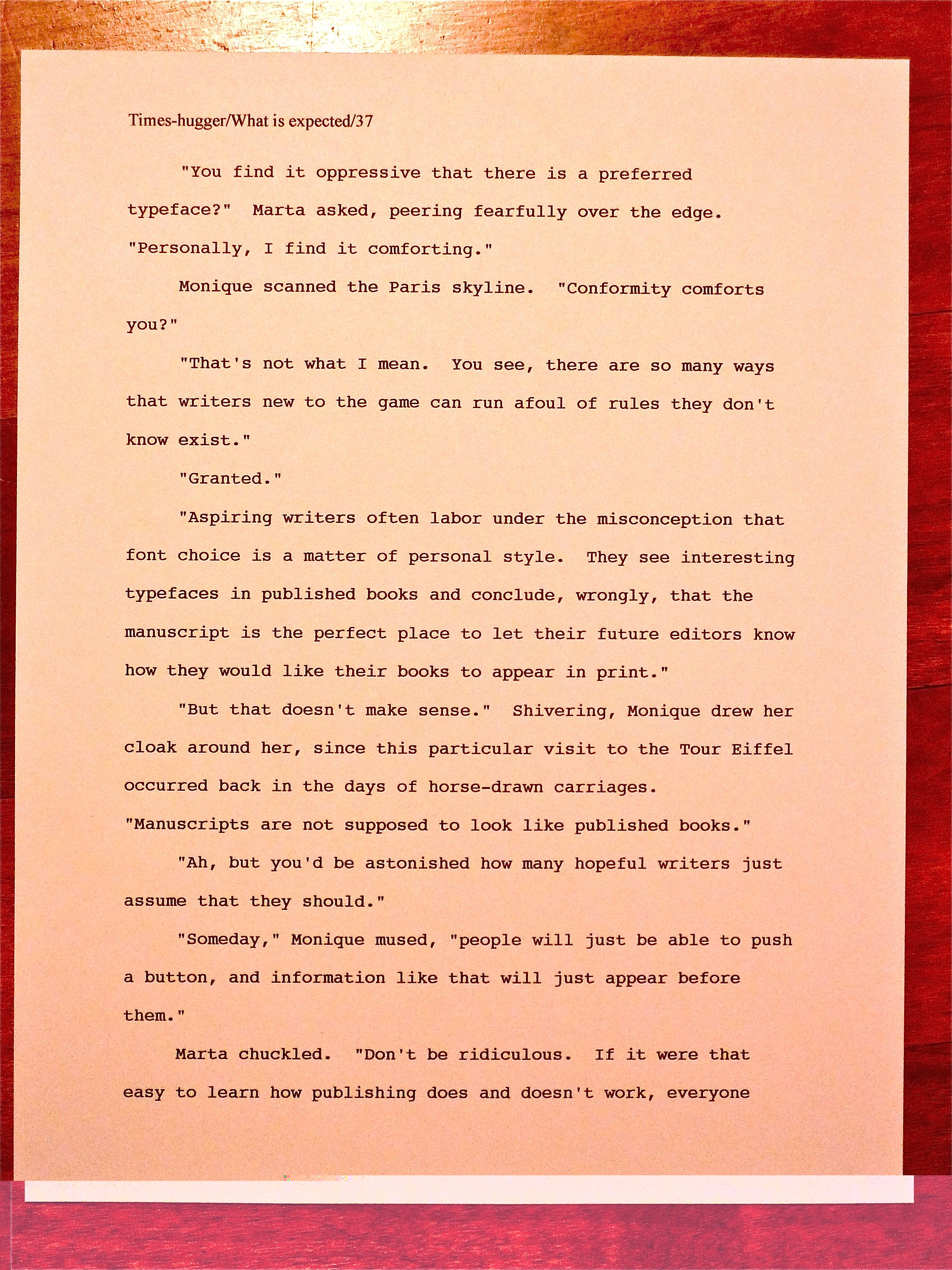

If in essence, all the copies of the same printed edition are virtually the same, hand copied books, even from the same text, are necessarily different from each other. Therefore, manuscript book is opposed to printed book, since the production is bound in opposition to print. Literally, philosophical, legal, religious, that has been conceived to circulate and be the object of author's mission that excludes charters and other archival records. 3, the content and purpose of the written text since the common use has the the term in the sense of a book as a conveyor of a text. And thus, essentially, papyrus, parchment, or paper, at least in Medieval Europe, excluding the four inscriptions in a stone, or other hard materials. 2, the material that serves as support for the writing, that must be soft as opposed to hard. The fact that manuscripts are individually handmade implies that each manuscript is one of a kind.
.jpg)
Which excludes from the concept of manuscript any printed or otherwise mechanically produced text including incunabula. 1, the technique used in the production that must happen by hand. In general, and even if none of the other definitions has been universally accepted, codicologists coincide in defining the term on the basis of three different aspects. Since from pre-medieval times, hardly any hand written books have been preserved. Making the term synonym to medieval or early modern manuscript and even codex, we will return later on this word.

In practice, however, at least in the field of western codicology, there exists a substantial agreement in considering as manuscripts those books produced before the invention of the printing press or during the early stages. Depending, at least in part, on the specific area of study and the cultural provenience of each author. Actually, it is surprising the level of disagreement that the scholars show in something as foundational as the concept of manuscript. Of course, here we are not dealing with that sort of manuscripts. And in fact is a waste of the time when authors had to send their texts written by hand because the typing machine had not been invented yet. But this use of the word manuscript is an improper one. For instance, in the websites of many and well reputed scientific journals, it is specified that the manuscripts must be submitted in digital format. And then we find sometimes that some manuscripts are not written by hand at all. According to this etymological definition, a manuscript can be a to do list doodled on the back side of a used envelope as well as a beautifully manuscription because both have been written by hand. And therefore literally means any text that is hand written. The term manuscript derives from the Latin words manu, hand and scriptus, written. The best of these peer-evaluated projects will be posted on the Deciphering Secrets website, which is our collective citizen scholarship web presence that encourages and supports our global citizen scholars appreciation and contributions to transcription of medieval manuscripts.įinally, we wish to highlight that this course is an exciting international collaboration between the University of Colorado (USA) and Universidad Complutense Madrid (Spain). In their final projects students will either (1) produce a board of commented images about medieval manuscripts or (2) prepare a physical manuscript using medieval methods. Student achievement will be assessed using not only traditional multiple-choice quizzes, but more importantly will be evaluated based on individual student projects.

Students will acquire an introductory knowledge of their distinguishing characteristics, their cataloguing and periodization (when they were created), the methods utilized to produce them, and their historical context and value. In this seven-week course, students will explore the material creation, content, and historical context of illuminated medieval European manuscripts. In this fashion, illuminated manuscripts are dynamic messages from our communal past that are still relevant today in fields like graphic design and typography.
#WHATS A MANUSCRIPT WINDOWS#
Serving as windows unto a lost world of kings, ladies, faith, war, and culture, they communicate complex visual and textual narratives of Europe’s collective cultural heritage and patrimony. Perhaps no other relic of the European Middle Ages captures our imagination more than illuminated medieval manuscripts, or those documents decorated with images and colored pigments.


 0 kommentar(er)
0 kommentar(er)
